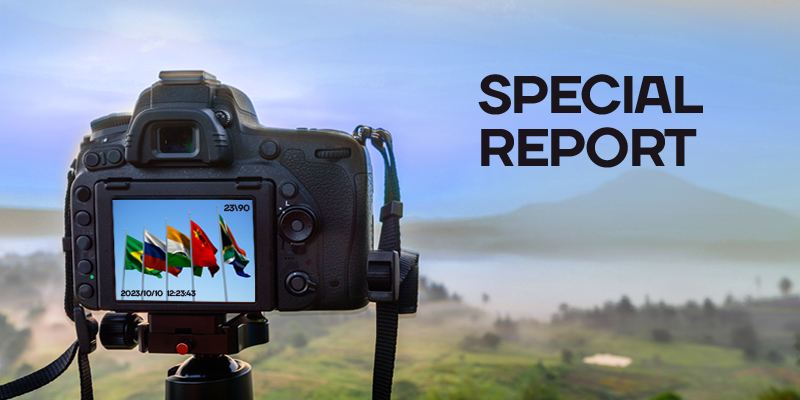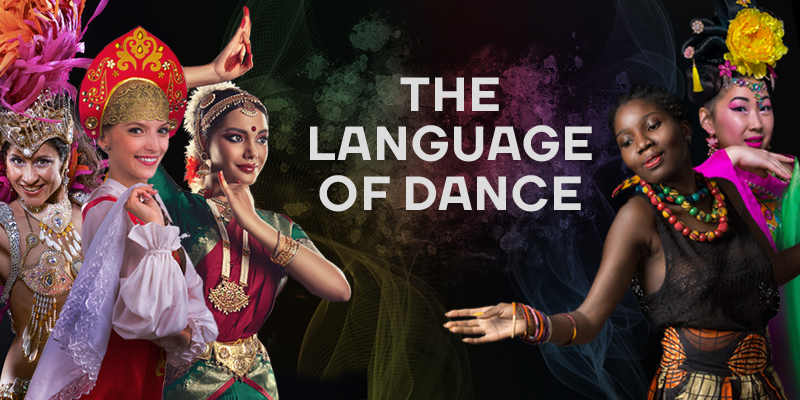07.08.20
15:37
Culture
Twenty-four solar terms
Chinese ancestors used their wisdom and developed twenty-four solar terms. In international circle of meteorology, it has been honored as the fifth great invention of China.
But what is it exactly? Originally, people living along the Yellow River determined Winter Solstice and Summer Solstice by measuring the length of the sun's shadow on an ancient timekeeper instrument named Tu Gui.
After several dynasties, people managed to obtain more accurate observation of changes of seasons. And they divided the circle of the annual motion of the sun into 24 equal segments, with the points spaced 15° apart along the ecliptic.
Each segment was called a specific “Solar Term”. It starts from the Beginning of Spring, It matches a particular astronomical event or signifies some natural phenomenon. For example, the Beginning of Spring means it is springtime, a season for rebirth.
And Winter Solstice means temperature drops and chilly days are coming. This system of time embodies traditional knowledge and social practices based on the perception of the regularity of seasons, astronomical laws and other local natural phenomena occurring in the course of the year. It provides guidance for Chinese on organizing agricultural activities and daily life.
In 2016, ‘The Twenty-Four Solar Terms: knowledge of time and practices developed in China through observation of the sun's annual motion’ was inscribed on the the Representative List of the Intangible Cultural Heritage of Humanity.
But what is it exactly? Originally, people living along the Yellow River determined Winter Solstice and Summer Solstice by measuring the length of the sun's shadow on an ancient timekeeper instrument named Tu Gui.
After several dynasties, people managed to obtain more accurate observation of changes of seasons. And they divided the circle of the annual motion of the sun into 24 equal segments, with the points spaced 15° apart along the ecliptic.
Each segment was called a specific “Solar Term”. It starts from the Beginning of Spring, It matches a particular astronomical event or signifies some natural phenomenon. For example, the Beginning of Spring means it is springtime, a season for rebirth.
And Winter Solstice means temperature drops and chilly days are coming. This system of time embodies traditional knowledge and social practices based on the perception of the regularity of seasons, astronomical laws and other local natural phenomena occurring in the course of the year. It provides guidance for Chinese on organizing agricultural activities and daily life.
In 2016, ‘The Twenty-Four Solar Terms: knowledge of time and practices developed in China through observation of the sun's annual motion’ was inscribed on the the Representative List of the Intangible Cultural Heritage of Humanity.
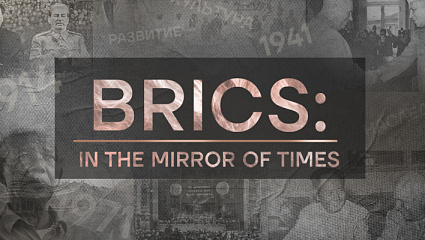
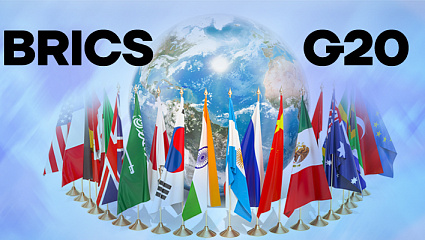

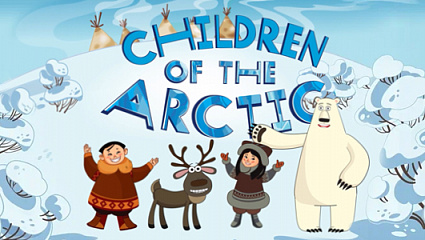



 DIGITAL WORLD
DIGITAL WORLD









